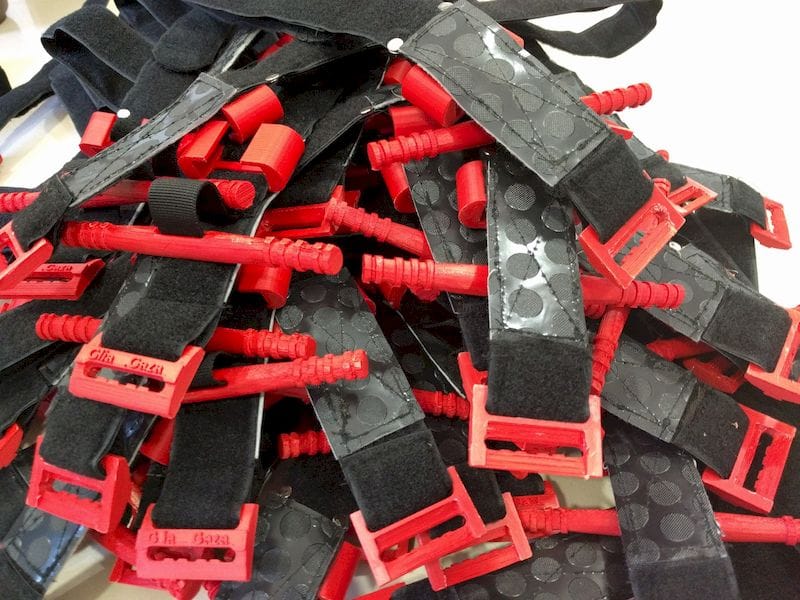
An incredible story with a 3D printing angle took place last week.
Dr. Tarek Loubani is an emergency physician from London, Ontario, Canada and Gaza, who has been working in troubled areas to provide medical care. Loubani is also a member of the Glia Project, whose goal is to produce low-cost medical equipment by leveraging 3D printing and digital distribution.
The project’s goals meet the needs of those in Gaza quite well, because the area is under considerable import and financial restrictions, which effectively preclude the ability to purchase certain types of medical equipment abroad.
The Glia project has a GitHub repository in which they can digitally distribute open source medical designs easily worldwide. This digital approach bypasses any customs complications, and at the same time is virtually free.
Those in Gaza or similar locations need only download the desired files and 3D print as many units as required. However, the catch is obtaining a 3D printer and suitable material, which are also subject to the same constraints. To overcome these, Loubani’s team managed to build Prusa i3 style 3D printers in Gaza to perform this production.
Materials is another issue, as quality filament is usually shipped from notable providers worldwide. But that was not a practical option for Loubani. Instead they apparently set up their own filament production line in Gaza and fueled it with recycled materials already present in the region.
You may not be aware, but Gaza also suffers from severe power outages, with typically only 4 hours of power available on a given day. That’s not a long period, especially considering that 3D print jobs could easily take far longer than that. In order to provide power for longer 3D print jobs they installed a solar power system to keep the equipment running. It seems they’ve created an almost self-sufficient manufacturing system for these medical devices.
Using this process they are able to produce tourniquets for only USD$7, as opposed to paying multiples of that price for commercial equivalents that might not even arrive. Even better the tourniquets could be sized to better match the likely recipients in Gaza (children), since commercial tourniquets are typically sized for adults.
The Glia project currently provides digital 3D models for a stethoscope, otoscope, tourniquet and other items. Of current interest is the tourniquet, as it was put into action, quite literally, last week.
In anticipation of violence, they printed multiple sets of tourniquets using their process, and had cause to use them last week during the unfortunate violent situation that took place.
Loubani found the design for the tourniquet to be not quite optimal, saying:
When we started training with the tourniquet, we quickly discovered a problem: Twisting the windlass (the stick) too many times resulted in a catastrophic failure of the tourniquet. This was especially true in lower limbs, where higher energy was required. This was largely due to a sharp edge on the windlass, which we discovered quickly.
After making corrections, we tested the new model to failure and found it withstood approximately 5 times more force before non-catastrophic failure resulting in an unstable tourniquet — more than enough for our use-cases.
This is one of the advantages of 3D printing: iteration to hone in on the optimal design.
However, due to the urgency of the situation they were forced to deploy older units that had already been produced and exhibited some issues.
Nevertheless, Loubani and team were able to successfully apply the open source 3D printed tourniquets in many cases, likely saving lives.
The work was not entirely successful, as Loubani himself, in addition to other medical staff, was shot and injured. One of his colleagues actually died after being shot while working with the injured, and Loubani describes the harrowing story in his Medium posts below.
While it’s possible to 3D print and use open source medical tools, the battlefield environment is certainly not the best place to do so, even though it is necessary to do so.
Via Glia Project, Medium and Medium

